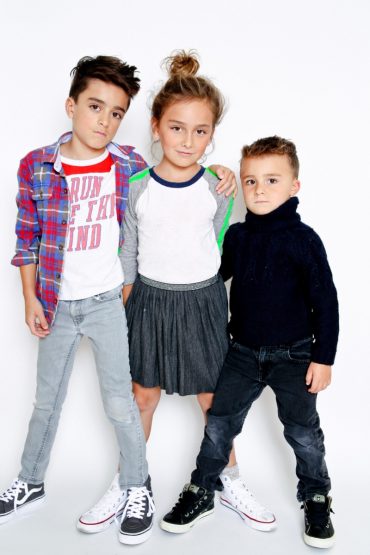Do you have pressers? Or finishers? This is nothing new, and there are various honest answers to these questions. Please allow me to touch on some of the differences and “shop talk” in our plants. First and foremost, was he or she trained through class workshops held by DLI or your regional, state and local associations? Maybe an expert trainer? Is their experience from learning on the job? Do they have good working habits as a finisher or sloppy pressing habits? Does it meet your particular criteria as a plant owner/manager or did they just learn bad habits from a presser instead of a genuine finisher. What does the handbook for employees for your cleaners say? You can set your own standards or accept the time held advice from DLI. The customer does not set the standard. Our industry does.
Take Care of These Employees for They Are Taking Care of You
My old friend, industry icon Ray Colucci used to equate quality finishing to high price drycleaning. I believe he was right. What say you? If you finished (mostly by hand) every garment at a low price you would soon go out of business. What does the handbook for employees for your drycleaning company say? Some operators are lucky enough to have found a gem dandy finisher without any formal training. Some finishers just seem to have a knack for knowing how a garment should look. These gems will look at a garment to see if they can improve the finished product. These finishers are rare as hen’s teeth. You want to take care of these employees because they are taking care of you.
A presser may not be anything more than a “bang & hang” person, or they may be the quality minded finisher you want so badly. A finisher will look for areas of special touch up and go out of their way to look twice for areas to touch up, but also being aware that too much steaming will cause problems. There are only a couple of types of garments that may benefit from occasional extra steam but the rule for steaming is 10-20 seconds. Mind you that nowhere in this writing do I want to downgrade a simple presser. They have their place in medium to low price cleaners. If you make fun of a simple presser, you have made an enemy and we don’t want to treat them as a polecat at a picnic!
A good finisher will observe and take the time to:
1. Look for double creases and attempt to remove the bad one using skill with water and an iron and turning the ladies’ slacks or men’s trousers inside out. Sometimes it is impossible to remove a bad crease due to dye crocking on an old crease line.
2. “Busting the seams” is old terminology for turning any garment inside out and ironing flat any scrunched up material that curls up and won’t lay flat. This is a critical and important step and of course, more time required. Pants pockets are ironed flat inside.,
3. Know how to properly block sweaters.
4. Pay special attention to areas around pockets, underarms, lapels, properly broken collars. That means the folding and ironing that collar on the proper crease line.
5. Bring back the nap to material that has been poorly pressed by someone else.
6. Take one final look at each garment after finishing and do any touch up that is needed.
7. Keep an eye out for stains that were overlooked by the drycleaner person when hanging/inspecting their loads. These stains will sometimes show up when a garment is steamed. Some bad habits I see out there is each department, inspection when hanging loads, finisher department and inspection/bagging department will pass the buck along and figure it is someone’s job to look for stains. Granted, the drycleaner person hanging the load should be the first and foremost person to look for stains before sending it out of their department. It’s their job first. Sadly, 95% of plants that I saw in my career would not be serious about looking for stains. They simply hang the garment and glance (maybe) for stains. Usually these stains get overlooked by the drycleaning person and the finisher leaving it to the (inspecting department to find out and the whole garment goes back to the spotter to start the whole process again. Wasted time and money on this obvious overlooked issue. I could write about it until the cow comes home and it will still continue to happen, justified in the owners’ mind that it is not an issue.
One industry writer wrote that the best finishing and stain removal only comes at the end of the day when the employee is pressing their own garments. They then come back on Monday as “just a presser” again! This was written by George Eliopoulos of Chicago some years back.
For the most part conscience employees will take care of your customer’s clothes as if they were their own. Disgruntled, low wage employees may carry their grudge into their departments and their work is a reflection of their attitude about their boss. I always figured it was worth a little extra money to keep them happy by small rewards such as a little cash or a prepaid card to that person’s favorite restaurant. I always observed my employees’ birthday in some way. And for those who know the old cowboy, you can be sure that I most always brought donuts! A happy employee is usually a trustworthy employee. Naturally, there are exceptions to every rule. So, go forth and examine your handbook as to what you have spelled out as your criteria of a properly processed garment through every department.
I’m headin’ to the wagon, these boots are killin’ me.

